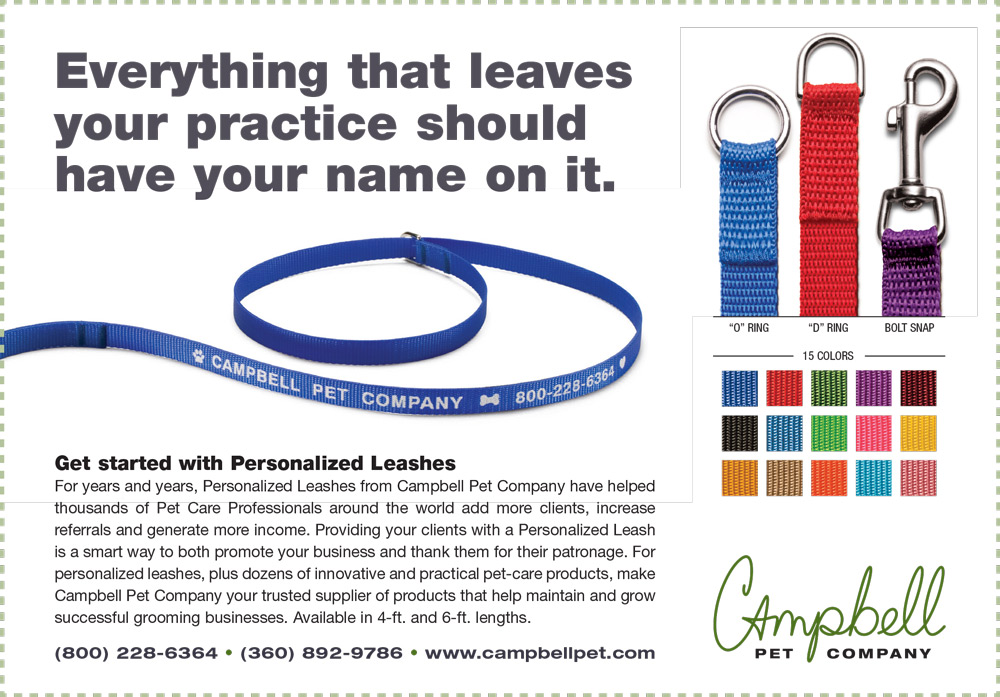
scary truth that most of us don’t want to face is that we are exposed to some pretty nasty stuff working in the animal industry. Having said that, most of us much prefer dealing with animals rather than humans in the same situation. A big difference though is that the level of hygiene we practice with humans is usually much more thorough than what we practice with animals. Does that make sense though?
We should always be mindful of areas of high risk and work to minimize them. For example, when was the last time you changed the air filters on the vacuum or HVAC unit? When was the last time you disinfected the mop, the towels or the hoses to your recirculation bathing system? Are you cleaning all your equipment—tubs, cages, etc.—between every pet? Every one of us takes a stab at this, but is what we are doing truly adequate?
Let’s relate this back to the human field…
Would you be OK sitting on the doctor’s table, wearing that “special gown,” right after the patient before you if the staff didn’t clean the area or change the paper? Would you be OK going to surgery if the air vent was growing hair? Or how about taking a bath in the same recirculation system that you are presently using, not knowing (or worse, knowing) about all the dirt, dead skin, hair and who knows what infections the people/animals before you had? Grossed out? Maybe it is time we start looking at some of our procedures with a more critical eye…
I’m not saying our salons should be like a sterile surgery suite, but having visited many salons and ran my own, I think we all could do better. Every little bit helps, and we need to realize this is not just for our pet clients’ health, but also for our staff, our family and ourselves.
The first step is to evaluate our potential risk areas and create a plan to address them appropriately. I find the best plan includes a task list that has a timeframe; some things need to be done between every pet, others daily and some may be monthly. I also find that things which are written down get done. Assigning tasks to specific people and having them sign off is crucial for success. The most important task though is the accountability of someone checking and verifying the list. If this process is not done completely, in my experience, the process typically fails. A day turns into a week, which turns into a month, and it never gets done.
The second part of the process is evaluating and training what needs to be accomplished to achieve maximum results. Details are important. If I change the air filter, is it sufficient to just change the filter, or should I vacuum and wipe down the area surrounding the air vent also? If it is overly dirty, should we consider changing it more frequently?

We also need to make sure our procedures make sense. A very important concept to understand when we clean is the difference between cleaning and disinfecting. We don’t clean with disinfectants, and we don’t disinfect with cleaners. Basically, cleaners have organic matter to break down and remove; disinfectants have ingredients to control or kill bacteria, viruses and fungus. Then, some companies confuse things by mixing the two, often with less-than-ideal results. The bottom line is, it is always better to remove the organic material and then disinfect. This is pretty easily done on hard surfaces, but porous surfaces and any tubing become a different challenge.

Another important consideration to understand and apply is all disinfectants have a contact time to get the maximum effect. Just because the bottle says it kills Salmonella or MRSA/MRSP doesn’t mean you can spray it on and instantly wipe it off and it has done its job. Also, we need to consider removing the product afterwards to avoid contact or ingestion by the pet, or even potential damage to the surfaces of our salon.
It is a lot to think about, but you just have to take it one step at a time. You may even want to change some protocols if you have surfaces or areas that are hard to clean/disinfect. It may be easier to change what you do and with what instead of having to go through elaborate cleaning routines.
When it comes to products, contact time and safety, I encourage you to either spend time getting educated by professionals in the fields (not “Hygiene Mary” from Google) or rely on your industry manufacturers to guide you to products and procedures for your salon. After all, that is their specialty, just like yours is grooming. The goal should always be safety and health for all of those involved, and to avoid living in a petri dish.
Dr. Cliff Faver graduated with a BS in Biology/BA in Chemistry before getting a Veterinary degree in 1987. He is the past owner of Animal Health Services in Cave Creek, Arizona and now the US distributor for Iv San Bernard products, teaches the ISB Pet Aesthetician Certification program, and speaks internationally on hair and skin. His passion is to merge groomers and veterinarians to aid in helping and healing pets. He is also a member of AVMA, AAHA, AZVMA, Board member with Burbank Kennel Club, and has served on Novartis Lead Committee, Hill’s International Global Veterinary Board, and a Veterinary Management Group.

